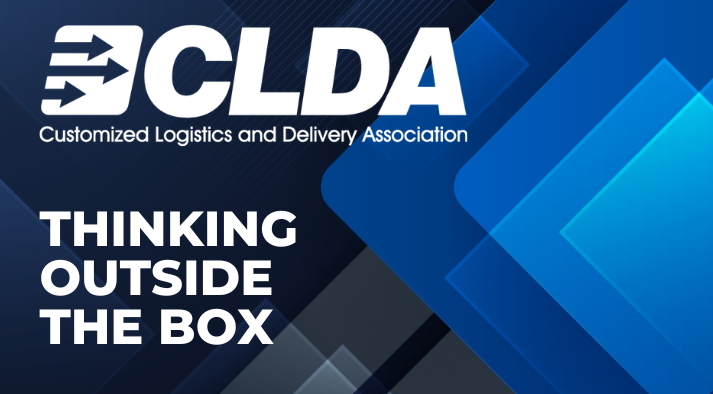
Home | Archives for March 2025


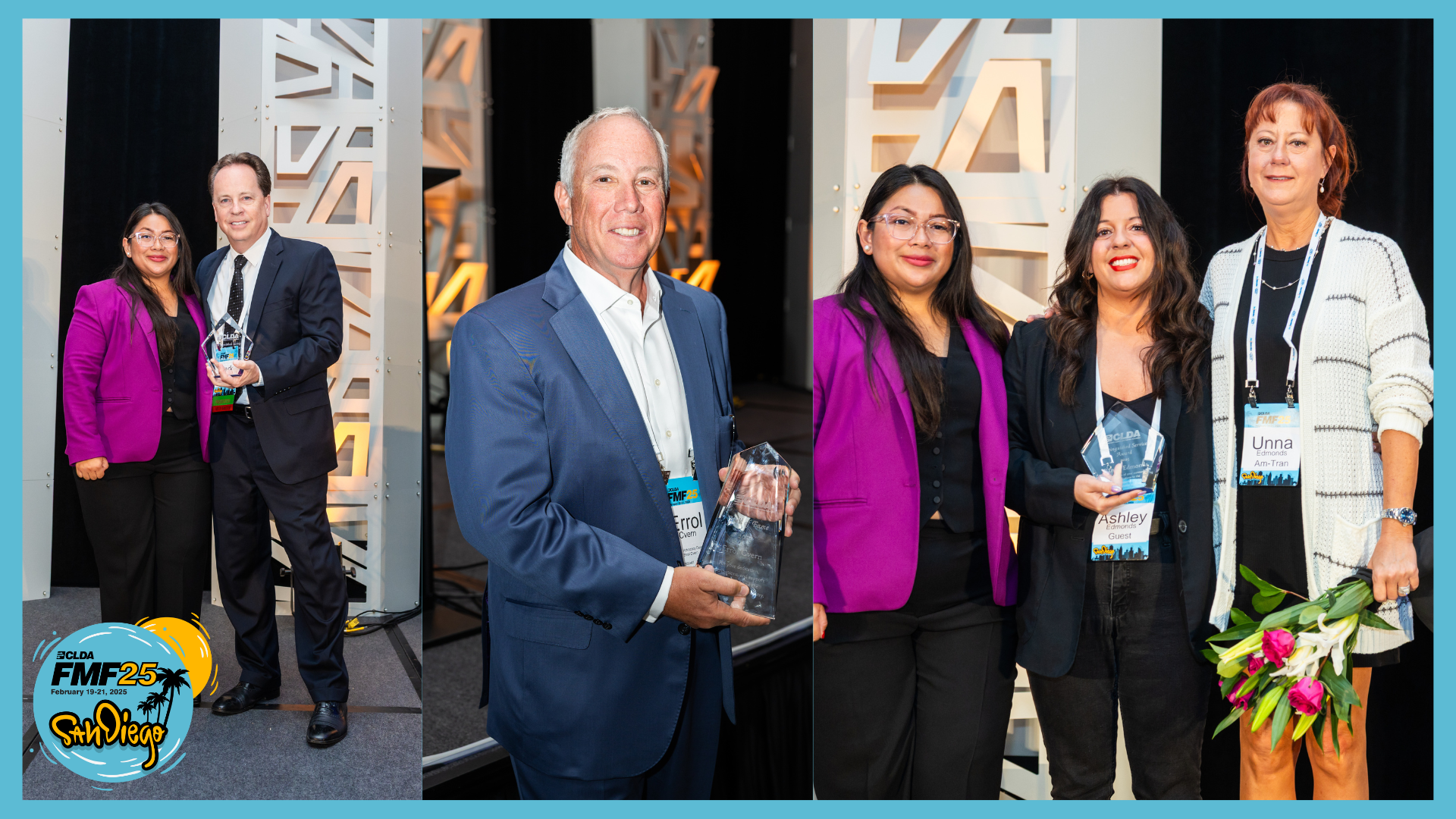
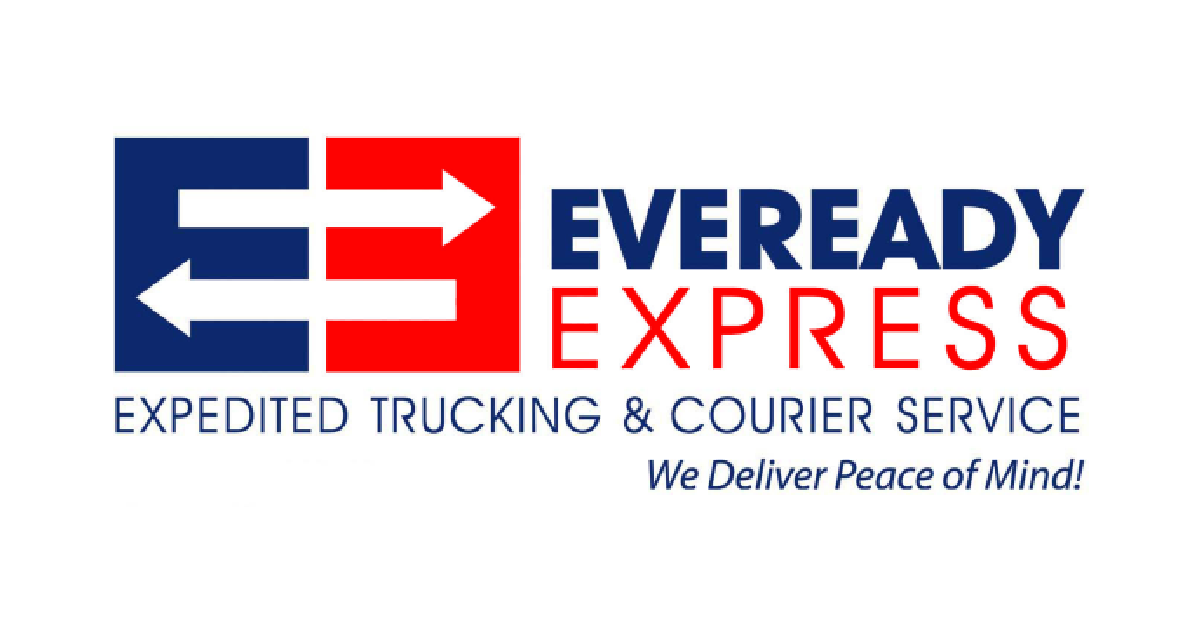

CLDA Members are encouraged to share news about their company. CLDA may share on social media, in newsletters or on the website.

Ready to share your news with CLDA or the industry media? Learn from these tips and tricks on how to get noticed.

How do successful last-mile carriers continually bring in new customers? How do they attract hot leads and turn warm ones into business? By making the most of the digital marketing tools that fuel business growth in today’s marketplace.
“Thinking Outside the Box” recently interviewed Tom Lickliter, senior web strategist at AnchorWave Digital Marketing Agency. The company has played a critical part in the growth of many companies in the last-mile space. Here’s what Tom told us about making the most of today’s digital marketing tools.
Your website is your salesperson online. It’s out there working for you 24/7, 365 days. It needs to be a conversion engine. By that, I mean it needs to get people to take action when they get there.
Your website needs to speak to your audience and have clear value propositions. It should have a page that says, “Why choose us?” It needs to tell the visitor why you’re different. Don’t make the visitor think. When they land on your website, tell them exactly why you’re the company they should be working with. That’s your value proposition.
You need to identify your buyers. For those in the last mile, you must speak to those who can hire you. Make sure your content is written for them and has clear calls to action. We know that 30% of website visitors are more likely to engage with a company if they feel that content is written for them. So, by identifying your buyers and writing content for them, you’ll get more interaction.
Good websites answer questions, overcome objections, and help eliminate limiting beliefs your potential buyers might have. You know what your prospective clients think, the questions they have, and the objections they have. Answer them. They will move on to the next website if you don’t answer their questions.
Also, make sure your site includes trust symbols. These are things like the logos of the professional association you’re a member of, like the CLDA, and logos that indicate what certifications and licensing your company has. These build authority in your industry, in your space, and on your site.
Your website needs to have analytics tracking so you can see what’s working and what needs to change. Analytics can tell you who’s going to your site. Where did your traffic come from? How long did they stay? What pages did they look at? That information is very valuable to identify so you know where the most engagement is happening on your site.
Analytics also allow you to retarget those who visit your site, spend some time there and leave. Retargeting is a valuable tool for capturing the people who visit your website, look around for a little while, and leave before they take action. People go to your sites for a reason. Even if they leave, chances are they still have that need. They are what we call a “warm audience.” If you
stay in front of them with paid ads, it will make an impact. That’s retargeting. You are putting an ad back out in front of that warm audience who went to your site.
Search engine optimization (SEO) is about letting your buyers find you online. Search engines like Google don’t look at a website like you and I do. What Google looks for on a website are clues. Google is all about answering people’s questions. Giving them what they are looking for. Those “clues” help it deliver what they are looking for. If they don’t find apparent clues like “delivery” and “final mile,” Google won’t deliver your site to those searching for a final-mile provider.
Making this happen is what digital marketing agencies like ours do. It’s not something an IT person can deliver. It’s often not a website builder. Digital marketing agencies do keyword research that helps them identify the terms your potential buyers are searching for. We’ll plug those all over your site so Google can see them. If someone is searching for something like “final mile delivery near me” and your site says final mile all over it or delivery services or those key search terms, Google will see that and deliver them to your site. That’s what search engine does.
Blogs accomplish more than you can imagine. One of the things that blogs accomplish is that they give valuable information to your website visitors. Blogs also help with your SEO. Suppose somebody is looking for a final-mile courier service. Google looks at those companies with the most information about that topic, and blogs are certainly a part of that.
You should put a new blog on your site at least once a month. If someone goes to your site and you haven’t done your blogs in six months or a year, it looks like you’re not an active business. Google also gives preference to websites that offer new information. It says to them yours in an active and thriving business.
Reviews are so critical. Statistics show that 97% of people search for business online, and 93% read reviews about that business. In fact, 87% of people surveyed say that they trust online reviews almost as much or as much as personal recommendations from people they know.
These days, complete strangers are helping us make our decisions. Reviews permeate every section of society. And don’t think it’s not important in your industry. I guarantee you it is. To get those reviews, you have to ask and make it easy for your customers to leave them.
When customers tell you how great they think you are, ask them to leave a review. Many will say yes and intend to do it. But they don’t. How can you change that? Make it easy for them. Ask them in an email or text. Put a QR code button on your website. Hand out little business cards with a code that brings them right to review sites. You need to ask. Ask frequently. Ask promptly, and then make it really easy.
You want reviews in what we in digital marketing call the Big Four—Google, Facebook, the Better Business Bureau and Yelp. Yes, Yelp. Yelpers love Yelp, especially those on the East and West Coasts. Yelp is extremely popular there. As you move towards the country’s center, Facebook is a good place. Once you have those reviews, publicize them on your site.
I want to talk about Google reviews. These are number one. If someone is searching for a business, they go to Google. Good Google reviews are positive social proof.
The sweet spot for reviews is between 4.3 and 4.9 stars. If you have 480 5-star reviews, it’s suspect. No one will believe you’ve never made somebody unhappy.
So, publicize those reviews and use them in your marketing material, your website, your printed material, and any other marketing you do. After you build that reputation, you’ll get mileage from the reviews.
Also, answering reviews is super important. If you get a negative review, you have absolutely 100% need to answer that review. And do it in a very upbeat, positive manner. Nobody wins an online public argument, so be sure you answer it correctly. Don’t forget to respond to positive reviews, too. Say, thank you. It goes a long way. Let’s say somebody searches for “Carriers near me,” and somebody leaves your review and says they’re the best carrier in the state. Google sees that, and it will impact their search engine optimization.
Social media is about building a business’s trust, credibility, and brand awareness. When I go to somebody’s website or Google page, I look for their Facebook and Instagram because I want to see if they are being social and contributing to the community.
That brings up the question of how often you should post. At a minimum, it should be every three days or so. When we do it for our clients, we post every other day, but that’s what we do. We also have clients who do their own because they have somebody in-house and do it every day.
Don’t get involved with social media if you aren’t committed to regular posts year-round. You can always tell the company that’s not committed to social because all their posts are in the summer. That’s because they had an intern summer who comes in, fires it up and then goes back to college in the fall without anyone keeping it up. It sends the wrong message if people see you haven’t posted in a while.
Google My Business is SEO 101. It’s the hot ticket in SEO. If you don’t remember anything from this post, remember that Google loves Google.
Let’s start with the basics: Your Google My Business profile gives your company’s name, address and phone number. It’s like the white pages in the old phonebook. Today, you also get what’s equivalent to a half-page color ad for free from Google. You can include a ton of information in those 750 words, like the products you offer and the industries you serve. Post pictures and geotag them so people know the areas you serve. You have 750 characters that identify what you do what you do for your clients and how you help them with their business. Make sure your content here is keyword-rich.
You can also post there, just like on your social media. We do it every week for our clients, and that content is keyword-rich, so Google sees that yours is an active and thriving business.
If you invest in digital marketing, you need to do it systematically. The foundation of everything you do online starts with three pieces: your Google My Business, reviews, and a professional website.

All those pieces get potential buyers over the trust tipping point. The trust tipping point is a journey buyers go on when they are online, looking around for a product or service. When you develop that trust with the evidence they need, you build the foundation of trust that turns them from people searching for information to buyers.
Get your company a digital strategy tailored to create trust. First, put the foundations in place—your website, Google My Business and your reviews. Every pyramid needs a solid foundation. Build those up, and they will drive business to your bottom line.
March is Women’s History Month and a time to reflect on the bold, brilliant, and resilient women who have shaped industries, broken down barriers, and led with vision and purpose. Women have long been at the wheel in final mile logistics, navigating challenges, building businesses, transforming how deliveries are made and customers are served.
At CLDA, we are proud to recognize and celebrate the women shaping the future of our industry through leadership, innovation, and education. This year, Women’s History Month carries special significance for CLDA as we mark a milestone in our own leadership.
A Historic First for CLDA Leadership

She is joined on the CLDA Board of Directors by two other outstanding women leaders: Ruth Correa, Owner and CEO of Cheetah Final Mile, and Roslyn Ellerbee, Founder and CEO of Express Errands and Courier. Together, these women are respected voices in logistics, each bringing expertise, insight, and a passion for mentorship to our association.
Behind the scenes, CLDA’s day-to-day operations are managed by an all-female staff team. They keep our events, communications, membership services, and advocacy initiatives running smoothly. This collective leadership at the board and staff level show that women are not just participating in final mile logistics but they are helping to shape the future.
Women in Final Mile: Driving Change and Innovation

While the logistics industry has historically been male-dominated, women continue to rise as business owners, executives, drivers, logistics coordinators, and supply chain strategists. Their contributions are expanding representation and transforming how the industry serves customers and adapts to change.
At CLDA, we believe that diverse leadership makes our industry stronger with women bringing fresh perspectives, operational excellence, and an unwavering commitment to our community. We aim to amplify their voices and create more opportunities for growth.
Building a More Inclusive Future
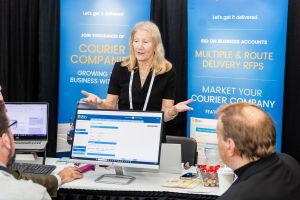
Celebrating the Women of CLDA and Beyond
This Women’s History Month, we celebrate the trailblazers who paved the way, the leaders moving the industry forward, and the rising stars who represent the future. From our board appointments to women-led courier businesses and the thousands of women working behind the scenes in final mile operations, your contributions are seen, valued, and celebrated.
We encourage our members to take this moment to recognize the women within your organizations, tell their stories, and lift up the next generation of leaders. The future is full of possibilities, and women like these are paving the way.
Here’s to the women delivering results, transforming businesses, and redefining leadership in final mile logistics today and in the future.
INDIANAPOLIS, IN, Mar. 24, 2025 — Three supply chain veterans who have had a significant impact on the last-mile sector were recently honored by the Customized Logistics & Delivery Association. Errol Cvern, Mark Cossack and the late Randy Edmonds were recognized at the CLDA’s Final Mile Forum in San Diego.
Cvern was inducted into the CLDA Hall of Fame at the meeting. He is the retired CFO & President of Select Express & Logistics (now AIT Worldwide Logistics). He has been a part of the CLDA since 1988 and served on the association’s Executive Committee, Board of Directors and the Advocacy, Finance and Fall Conference committees. In presenting the award, former CLDA president John Benko said, “The Hall of Fame Award is our highest honor. It goes beyond service to CLDA. It recognizes those who have shaped the final-mile industry as a whole. Errol has positively influenced a great many members. Although retired, he continues volunteering on the Finance Committee to help maintain and strengthen CLDA’s financial reserves.”
Mark Cossack received the CLDA’s Robert John Slack Distinguished Service Award at the Final Mile Forum. Cossak is CEO at Priority Courier Experts, a CLDA Board member for 14 years, and has headed the association’s Government Affairs Committee for 11 years. In presenting the award, CLDA’s President-Elect Lorena Camargo said, “CLDA’s Distinguished Service Award is not given lightly. It recognizes individuals who have demonstrated unwavering commitment and extraordinary service to the association and the industry. Advocacy is one of the most important ways CLDA serves its members. The policies and regulations shaping our industry today will impact us for years to come. That’s why we’re actively engaging with legislators and regulators, making sure they understand the challenges we face and the value we provide. Mark is a leader who is passionate about government affairs and advocacy on behalf of CLDA and the industry. He is dedicated to ensuring our issues are at the top of everyone’s mind at every decision, meeting, and event. Without his leadership, we would not be recognized as one of the key organizations fighting on your behalf.”
Randy Edmonds also received the CLDA’s Robert John Slack Distinguished Service Award posthumously. Before passing away in 2024, he was Executive Vice President of ADL Final Mile. His wife, Unna and daughter, Ashley, accepted the award in his honor. Randy was a former board member of the CLDA, head of the association’s Shipper Committee for many years and a key association member for over 25 years. In presenting the award, Camargo said, “He was not just a leader in our industry but a mentor, a friend, and a force for good. Randy’s impact on CLDA and the final-mile community is immeasurable. His passion, dedication, and willingness to support others left a lasting legacy.”
For more information about these industry leaders, go to clda.org.
About The CLDA
The Customized Logistics and Delivery Association (CLDA) represents the first to final miles of the supply chain in the US and worldwide. This non-profit professional association serves the needs of its 2,900 essential service members: logistics professionals, carriers, shippers, drivers, air cargo logistics providers, 3PLs, and vendors servicing today’s supply chain companies. The CLDA gives its members access to a diverse network of logistics professionals looking to create new business opportunities and share decades of practical insights. They provide an avenue for amplifying members’ voices on critical issues and help them participate in the regulatory discussions shaping the industry. The CLDA keeps members informed and educated on trends, current issues, and best practices. For more information, see clda.org.
Media Contact
Andrea Obston
(860) 803-1155
March 5, 2025 – Clifton, NJ – Eveready Express, a leading final-mile logistics provider, is pleased to announce the acquisition of Herman’s Delivery Service, effective March 4, 2025. This strategic move strengthens Eveready’s delivery network and expands its ability to provide seamless, technology-driven logistics solutions.
Through this acquisition, Eveready Express is enhancing its service offerings with:
Commitment to a Seamless Transition
Eveready Express is dedicated to ensuring a smooth transition for all clients:
“This acquisition represents a powerful opportunity to combine the strengths of both companies, enhancing our service capabilities while maintaining the personalized, high-quality service our clients depend on,” said Keith Kirk, President of Eveready Express. “We are committed to a seamless transition, ensuring that every client benefits from our expanded resources and expertise.”
Gary Herman, President of Herman’s Delivery Service, added: “Our clients have trusted us for over three decades, and I am confident that by joining forces with Eveready Express, we are providing them with even greater service and reliability. I will remain available to support our customers every step of the way.”
For more information about this acquisition and how it enhances service offerings, please contact:
Keith Kirk – President, Eveready Express www.evereadyexpress.com
Phone: 973-737-7013 | Email: keith@evereadylogistics.com
Gary Herman – President, Herman’s Delivery Service
Phone: 973-994-2860 | Email: gherman@hermansdelivery.com
About Eveready Express
Eveready Express is a premier final-mile logistics provider specializing in courier, trucking, and warehousing solutions. With a 98.7%+ on-time delivery record, advanced technology, and a strong customer-focused approach, Eveready Express continues to set the standard for efficiency and reliability in logistics.
About Herman’s Delivery Service
For over 33 years, Herman’s Delivery Service has been a trusted name in local delivery solutions, known for reliability, professionalism, and personalized customer service.
Media Contact:
Clarissa Botor
Eveready Express
clarissa@evereadyexpress.com
973-782-1378
What technology advances are having the most significant impact on carriers delivering the last mile? How are route optimization, real-time tracking, and AI impacting this segment of the supply chain today? And what about tomorrow?
“Thinking Outside the Box” talked to two of the industry’s thought leaders, Nitin Gupta, CEO of Beans.ai, and Arthur Axelrad, CEO and Co-Founder of Dispatch Science, for their take. Here’s what they told us.
QUESTION: How have recent advances in route optimization helped last-mile providers?
Gupta: The most significant advancement in the last decade is that the data you can put into your route optimization systems has grown exponentially. Today, you can track your drivers and your vehicles in real-time. You can also track a lot more in real-time, from exact location breadcrumbs to the temperature inside your vehicles to delivery time windows, delivery policies, and live picture proof of deliveries. That data flows into your route optimization system, helping inform better decisions. In addition to the increasing labor and fuel costs, courier companies have also become much more cognizant of what their contracts with shippers should look like.
Route optimization helps carriers adapt as the flow of deliveries changes. Planning the day for a driver has always been a tedious process. Carriers would try to optimize the routes in the morning based on what they knew. But what would happen when an extra ten deliveries came in? In the past, trying to fit them in was manual work. Today, all that is automated. It happens within a few seconds, so the driver gets on the road quicker.
These systems also allow you to add extra stops, respond if a driver is running behind, or take action if a vehicle breaks down. Today’s route optimization systems can handle all those things, which wasn’t possible five years ago. This means that these systems have made operations much more efficient.
Route optimization has also significantly impacted carriers’ ability to make the most of drivers’ time. Much of what happens in the final-mile is manual work, and the cost is very high as a result. Let’s take California as an example. The minimum wage there is $18 an hour. That’s $0.30 a minute. So, if you’re wasting a minute of a driver’s time, that impacts a carrier’s margin for that delivery. So, route optimization can be the difference between running profitably and not. Companies like Beans.ai run powerful optimization algorithms to squeeze the maximum benefit out of their day.
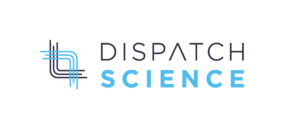
Nitin mentioned that there’s a ton of prep of planning and manual steps that used to bog down dispatchers and staff. That’s been drastically reduced or even eliminated by today’s systems. Route optimization is at the heart of modern cloud-based transportation management systems like ours. It’s a must-have for today’s couriers.
For courier companies, the benefits of route optimization, like Dispatch Science’s, go way past putting stops in the best sequence. It can take all of the orders and tell the carrier how many drivers they’ll need to win the day.
It can then tell when and where drivers should start and what time they should end. It can also account for specific pickup and delivery windows. If a driver breaks down or has to add a last-minute pickup, it can adjust accordingly.
It’s perpetual. It adjusts, reacts, and moves. It’s not a static one-time event. For courier companies, this means no more jumping through hoops to plan or worrying about formatting data manually. They don’t have to upload information to a third party, download it back, and inject it into their system.
Carriers no longer have to ignore the fact that the system doesn’t know about specific industry concepts like service levels, pickup and delivery windows, or parcel-specific information. Today’s systems tie all that together.
QUESTION: Talk more about real-time tracking
Axelrad: It’s all about efficiency. Nitin talked about real-time tracking. I want to build on that and discuss the impact on the last-mile. Recent advances mean that it’s about much more than just seeing the exact position of a shipment. We’re using geofencing to automatically send an alert when a driver arrives in a preset zone. This could allow a warehouse manager to know ahead of time that they need to clear the dock because the driver is about to arrive. It lets a recipient know that the driver is just minutes away or has arrived. It gives a shipper total visibility on the movement of their goods. Think about that impact on, for example, the life science delivery space. Real-time tracking could actually save lives here for those awaiting an organ transplant or life-saving medications. Knowing exactly when these deliveries will arrive has a dramatic impact.
The most critical decisions in the world are based on real-time tracking information. Recent advancements in real-time tracking have revolutionized the last-mile by allowing for unprecedented levels of transparency. And that’s what everybody’s come to expect these days. It’s not just about receiving that shipment. It’s about tracking where it’s been and knowing when it will arrive.
QUESTION: What is the impact of route optimization on pricing jobs?
Gupta: Delivery companies can use this technology to price jobs more intelligently. Better data is the key to answering RFPs or negotiating a contract with shippers. The system can consider more than just where the deliveries are going. It can consider the load size so the carrier knows how many drivers they’ll need to handle them. Our route optimization system looks at historical data and 75+ parameters to determine how many drivers are required and how much time they will spend on the road. That gives courier companies an estimate of what they can pay the drivers. Those calculations can consider fuel costs or the time and cost of charging if they use EVs. Then, the courier company can go to shippers and say, “This is my pricing based on this information.” These couriers can take the output from a model like ours and give it to the shippers, saying, “Here is the exact calculation of how we got to these numbers.” It lends transparency to the entire ecosystem, from the shipper to the carrier to the driver.
Carriers who use these systems have an advantage over their competitors.
QUESTION: Let’s talk about AI and machine learning. How do recent advances here help carriers improve their jobs?

AI can also transform a handwritten label to make it more legible or enable virtual assistants to take phone orders. AI and machine learning are already helping to improve dispatch decisions. AI can learn by using past data, including data on actual load times and delivery coordinates. That information can be corrected in the real world and used to improve plans for delivery.
Gupta: AI has become a wide field in the last three years. Traditional AI has existed for about three decades. It was called machine learning, not AI. Around 2010, it started being called AI, and now it’s called generative AI, which is one facet of AI right now.
Today’s generative AI uses machine learning systems to make the system better. Machines can run the numbers but don’t necessarily arrive at optimal outcomes. For example, the system might tell a driver to deliver in a particular order. But the driver says, “I know better. I’m not going to follow that sequence. My experience tells me there’s a better way.” We’ve been humbled when drivers are more efficient by not following the model’s suggestions. Mathematically, those models are correct, but on the ground, they may not be. Drivers have such local knowledge that they can move better. Machines don’t. A driver may know there’s a broken gate or a temporary detour because of construction. The machine doesn’t know that. Machine learning has allowed us to consider the driver’s past behaviors, combine them, and mirror what’s happening on the ground. The machine will make minor tweaks based on real-world experience to make the driver move more efficiently. It improves over time by taking into account drivers’ intuition. That’s a big part of AI today.
QUESTION: How does machine learning help with missed or incorrect deliveries?
Gupta: One of the biggest problems courier companies face is drivers dropping packages in the wrong place or in front of the wrong door. Traditional solutions have included geofencing, where the driver must be within 100 feet of the delivery location. But today, that’s not good enough.
At Beans.ai, we started with apartments. Everything is within 100 feet. So, drivers could drop things in front of the wrong door without the system being aware. We knew there had to be a better way, and machine learning helped us there. With machine learning, we can ensure that the driver puts it at the right door because it learns everything about that front door and the package. We lean heavily on the use of photos. We ask our Machine Learning models, “Do you see a package in that photo?” “Do you see the right barcode on that package?” “Do you see a door?” “Do you see a number on the door?” “Does that number match the input data?” And our model gets trained on these questions with every picture that comes in. Now, after having seen two billion plus pictures, when the driver makes a delivery, our trained model can verify whether they were at the right door.
QUESTION: What’s next for AI for those in the last-mile?
Axelrad: AI agents. Think of an agent as a layer of technology that sits on top of what’s already out there. It could sit on top of your TMS, add current weather or traffic information into the mix in real time, and automatically take action. So, when a weather event happens, that AI agent could automatically connect to the weather bureau, get that information, connect to the TMS, and redirect a load or an entire route. This is not that far off. I expect it will happen by this time next year. Companies like Dispatch Science will be starting to introduce prototypes of this.
As AI advances, carriers will do more without adding more people. The reality is that the tools that are coming will enable courier companies to maximize the use of their personnel. Some tasks will be completely automated, allowing companies to reassign their people to different functions. For example, a company may not need as many customer service reps to take telephone orders because AI will make it possible for a customer to have a conversation with a human-sounding voice. They will tell the AI agent what they want to do, and it will take that order. That will allow the staff to focus on more complex and specialized tasks. Technology will handle anything repetitive, allowing humans to do what they do best.
Gupta: Yes, I foresee these tools creating better efficiency for carriers because systems will perform more complex tasks quicker. There will likely be huge leaps, especially when it comes to route optimization and planning. Optimizations will happen quicker. The processing units already coming into use can process millions of pieces of data, looking at all the possible solutions in seconds rather than minutes. That has enormous implications for cost. It’s going to make operations way more efficient for carriers. Couriers that start using machines the right way will survive in the market. They will have to because their competitors will be using these systems, and they will be super-efficient. Carriers will be performing much better in terms of efficiency. Ultimately, their margins will be better.
We’ve seen many logistics companies close down in the last three years. This is primarily due to carriers’ inability to meet their sales goals. They’re losing contracts faster than they can get them. Those who use technology effectively will retain the contracts for much longer because their service level requirements will be higher than the clients’.
Anyone who doesn’t use the right kind of AI and load optimization cannot survive in the market. It’s like bringing a knife to a gunfight.
Axelrad: Carriers have to be prepared to make the most of AI. They need to have a compatible framework. They need to have software that is modern enough to take advantage of AI. It must be cloud-based software with APIs and the type of connectivity and interconnectivity that AI needs to be efficient.
QUESTION: How does a carrier keep up with all these changes?
One way to keep up is to avoid falling too far behind. It’s much easier to take continuous little steps than to let yourself fall too far back and then have a big wall to climb. I would use the word “iterate.” Make sure you’re checking and making technological improvements every month, every year, and moving forward. It’s like your house. If you maintain your home and do the maintenance and some renovations as you go, you won’t end up with a fossil.
It’s easier to keep up if you never get too far behind. It’s important to continuously look for the little things and the little steps that you can take to stay modern as a business. This means paying attention to what’s out there every month or every year and implementing little bits of technology as you move forward.
One of the best ways to keep up is to get involved with organizations like CLDA. That’s how you find out what’s new and get access to thought leadership in the business. It’s where companies can exchange information with colleagues and vendors. That’s how you stay current and find out how to make the best of the technological advances in our industry.